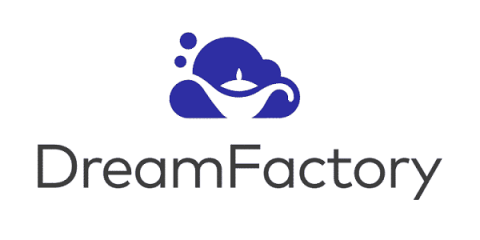Policy-Driven Data Obfuscation: What, Why and How
How vulnerable is your sensitive data? Your data policies may put this information at risk of being breached. An ad hoc approach for dealing with this data makes it difficult to maintain your organization’s cybersecurity. Data obfuscation holds the key to improving your security and making it easier to use your data, but it must be driven by your policies to be effective.








